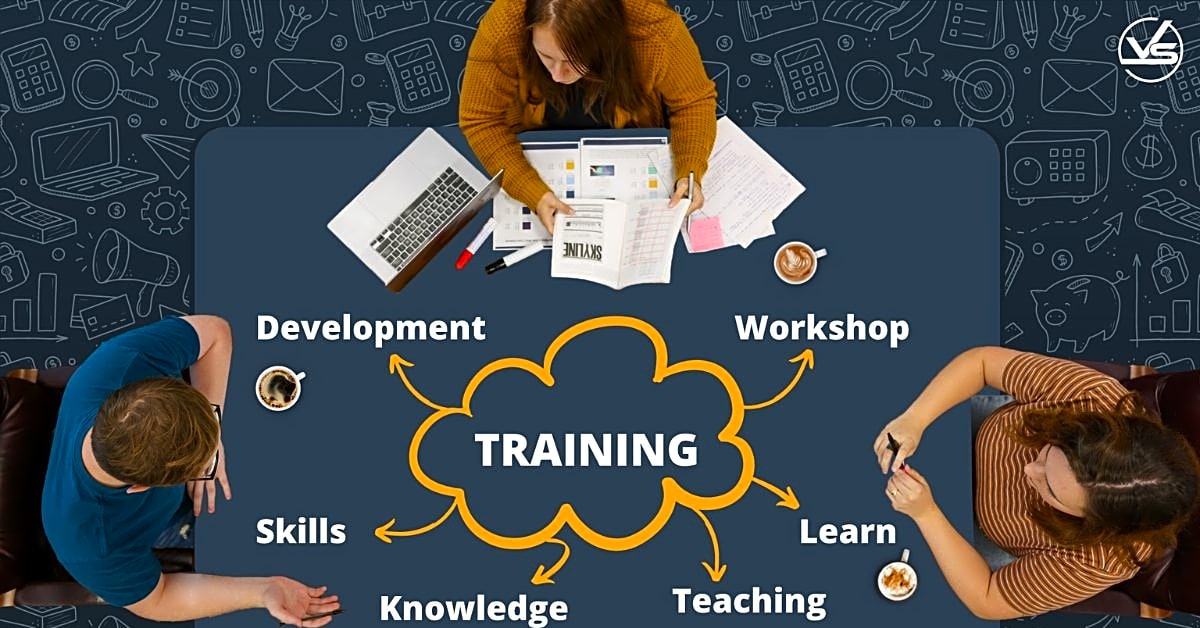Do you ever feel like your workspace is a chaotic mess? Are you constantly struggling to find important materials and documents? If so, you’re not alone. Many people struggle with organizing their workspaces, which can lead to decreased productivity and increased stress. However, with the right organizational skills and time management techniques, you can transform your workspace into a well-oiled machine that maximizes efficiency and minimizes stress. In this article, we will explore the best methods for organizing your workspace and materials, regardless of your profession or industry. Get ready to say goodbye to clutter and hello to productivity!
The key to organizing your workspace is to have a system in place that works for you. This includes having designated spaces for different materials, implementing time management techniques, and utilizing technology to streamline processes. Let’s break down each of these elements in more detail.
Designated Spaces for Materials
Having designated spaces for different materials is essential for keeping your workspace organized. This could include having separate drawers or folders for paperwork, a filing cabinet for important documents, and shelves or bins for supplies. It’s important to keep these spaces clutter-free and regularly declutter to avoid unnecessary buildup.
Time Management Techniques
Implementing time management techniques can greatly improve productivity. This could include creating a schedule or to-do list for each day, prioritizing tasks, and setting deadlines. Utilizing technology such as task management apps can also help you stay on top of your tasks and deadlines.
Streamlining Processes with Technology
Using technology to streamline processes can greatly improve efficiency. For example, using project management software can help you keep track of tasks, deadlines, and team progress. Additionally, utilizing digital tools for communication and file sharing can save time and reduce clutter in your physical workspace.
It’s important to note that everyone’s organizational needs may differ. It’s important to find a system that works best for you and your business, and regularly reassess and make adjustments as needed.
Maximizing Efficiency with Designated Spaces
When it comes to organizing your workspace, one of the most effective strategies is to create designated spaces for different materials and supplies. This means having specific areas or containers for items such as papers, pens, files, and other office supplies.
Having designated spaces for materials and supplies not only makes it easier to find and access what you need, but it also helps to prevent clutter and maintain an organized workspace. By having a designated space for each item, you can easily see if something is missing or out of place, allowing you to quickly locate and retrieve it.
Furthermore, having designated spaces can also help with time management. Instead of wasting time searching for a specific item, you can simply go to its designated space and grab it. This saves precious time and allows you to focus on more important tasks at hand.
Designating spaces for materials and supplies also promotes efficiency in workflow. By knowing exactly where everything is located, you can easily move from one task to another without any interruptions or delays. This helps to streamline your work processes and improve overall productivity.
Boosting Productivity with Time Management Techniques
Proper time management is a crucial aspect of organizing workspaces and materials for maximum efficiency. In order to boost productivity, it is essential to implement effective time management strategies. This not only ensures that tasks are completed in a timely manner, but also helps to reduce stress and improve overall satisfaction with work.
One effective time management technique is setting clear and realistic goals. This allows individuals to prioritize tasks and stay focused on what is most important. Additionally, using a calendar or planner can help to schedule tasks and allocate time for each one. This helps to avoid feeling overwhelmed and ensures that all tasks are completed within a set timeframe.
Another important aspect of time management is avoiding distractions. In today’s digital age, it can be easy to get sidetracked by emails, social media notifications, and other interruptions. Implementing strategies such as turning off notifications or setting designated times for checking emails can help to minimize distractions and improve productivity.
Lastly, it is important to take breaks and prioritize self-care. Working non-stop without breaks can lead to burnout and decreased productivity. Scheduling short breaks throughout the day can help individuals recharge and refocus on tasks. Additionally, incorporating self-care activities such as exercise or meditation can improve overall well-being and lead to increased productivity.
Streamlining Processes with Technology
In today’s fast-paced business world, utilizing technology is essential for improving efficiency and staying ahead of the competition. With the constant advancements in technology, there are numerous tools and software available that can help streamline processes and increase productivity in the workplace.
One way to utilize technology for organizing workspaces and materials is by implementing digital storage solutions. Instead of relying on physical copies of documents, storing them digitally can save time and space. This also allows for easy access to important documents from any location.
Another useful technology for streamlining processes is project management software. This type of software allows for better organization and collaboration among team members, making it easier to track progress and meet deadlines. It also eliminates the need for excessive emails and meetings, saving time and increasing efficiency.
Automation is another key aspect of utilizing technology for improved efficiency. Repetitive tasks such as data entry or sending out emails can be automated, freeing up time for more important tasks. This not only saves time but also reduces the risk of human error.
In addition to these specific tools, simply having a reliable internet connection and up-to-date devices can greatly improve efficiency in the workplace. With the ability to access information and communicate quickly, tasks can be completed in a timely manner.
In conclusion, incorporating technology into your organizational skills and time management strategies is crucial for running a successful business. By streamlining processes with technology, you can save time, reduce errors, and increase productivity in the workplace.
In conclusion, organizing your workspace and materials is crucial for running a successful business. By implementing designated spaces, time management techniques, and technology, you can greatly improve productivity and efficiency. Remember to regularly reassess and make adjustments to find the best system for your needs. With these tips in mind, you’ll be on your way to a more organized and successful business.






